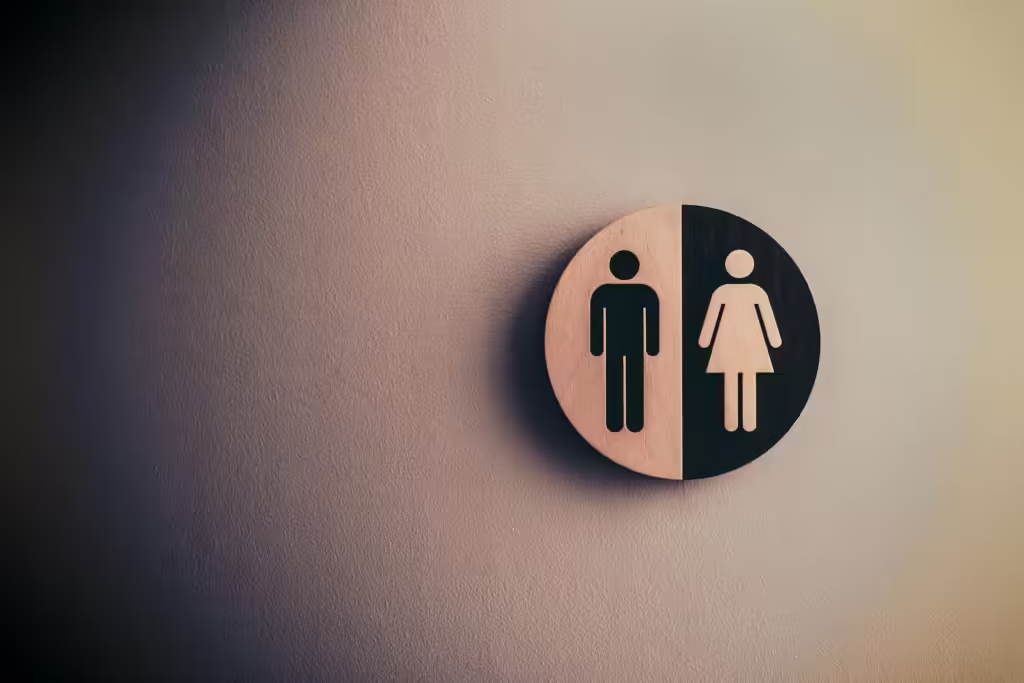Breaking the Glass Ceiling: Gender Equality in the 21st Century

Gender equality is not just a buzzword; it’s a fundamental human right and a cornerstone of a just society. Despite significant progress, achieving gender equality remains an ongoing challenge in many parts of the world. From the workplace to education, politics, and everyday life, the fight for equal rights and opportunities for all genders continues to be a crucial issue.
Here we’ll explore the importance of gender equality, the barriers that still exist, and the strategies needed to achieve true equality. We’ll also discuss how gender equality benefits everyone, not just those directly affected by discrimination.
Understanding Gender Equality

Gender equality refers to the state in which individuals of all genders have equal rights, responsibilities, and opportunities. This means that one’s gender should not determine their access to resources, employment, education, or political representation. Achieving gender equality involves eliminating gender-based discrimination, stereotypes, and biases that perpetuate inequality.
While the concept of gender equality traditionally focused on the disparities between men and women, it has evolved to include a broader understanding of gender. This includes non-binary and transgender individuals who also face significant challenges in their pursuit of equality.
The Importance of Gender Equality
Gender equality is vital for several reasons:
- Human Rights: At its core, gender equality is a matter of human rights. Every person, regardless of their gender, has the right to live with dignity, freedom, and the opportunity to achieve their full potential.
- Economic Growth: Gender equality contributes to economic growth. When women and other marginalized genders have equal access to education and employment opportunities, they can contribute more effectively to the economy. Studies have shown that gender equality in the workforce leads to higher productivity, innovation, and overall economic stability.
- Social Development: Societies that prioritize gender equality tend to be more cohesive and peaceful. Gender equality promotes social inclusion, reduces poverty, and helps build more resilient communities.
- Improved Health and Well-being: Gender equality has a direct impact on health outcomes. When women have equal access to healthcare, education, and employment, their overall well-being improves, which in turn benefits their families and communities.
Barriers to Gender Equality

Despite the undeniable benefits of gender equality, several barriers continue to impede progress:
- Cultural Norms and Stereotypes: Deeply ingrained cultural norms and stereotypes about gender roles continue to perpetuate inequality. These stereotypes limit individuals’ opportunities and reinforce discriminatory practices.
- Gender Pay Gap: The gender pay gap is a persistent issue in many countries. Women, on average, earn less than men for the same work, which affects their economic independence and overall quality of life.
- Lack of Representation: Women and other marginalized genders are underrepresented in leadership positions across various sectors, including politics, business, and academia. This lack of representation limits their ability to influence decision-making processes and advocate for policies that promote equality.
- Violence and Discrimination: Gender-based violence and discrimination remain pervasive issues globally. Women, non-binary, and transgender individuals often face harassment, abuse, and violence, both in public and private spaces. This violence undermines their safety and well-being, making it difficult for them to fully participate in society.
- Access to Education: In some parts of the world, girls and women still face significant barriers to accessing education. This lack of education limits their opportunities for personal and professional growth, perpetuating cycles of poverty and inequality.
Strategies for Achieving Gender Equality

Addressing these barriers requires a multifaceted approach that involves individuals, communities, governments, and organizations. Here are some strategies to promote gender equality:
- Education and Awareness: Raising awareness about gender equality and challenging harmful stereotypes is essential. Education programs should focus on promoting gender equality from an early age, teaching children about the importance of respect, empathy, and equality.
- Policy and Legislation: Governments must enact and enforce laws that promote gender equality and protect individuals from discrimination and violence. This includes equal pay laws, anti-discrimination legislation, and policies that support work-life balance, such as parental leave and flexible working arrangements.
- Promoting Women in Leadership: Increasing the representation of women and other marginalized genders in leadership positions is crucial. This can be achieved through quotas, mentorship programs, and initiatives that encourage and support women in pursuing leadership roles.
- Economic Empowerment: Providing women with equal access to education, training, and employment opportunities is key to achieving gender equality. Governments and organizations should invest in programs that support women’s economic empowerment, including entrepreneurship and financial literacy initiatives.
- Addressing Violence and Harassment: Combating gender-based violence and harassment requires a comprehensive approach that includes education, legal protections, and support services for survivors. Communities must work together to create safe environments where individuals can live free from fear and violence.
- Engaging Men and Boys: Gender equality is not just a women’s issue; it affects everyone. Engaging men and boys in the fight for gender equality is crucial. This involves challenging toxic masculinity, promoting healthy relationships, and encouraging men to be allies in the pursuit of equality.
- Supporting Non-Binary and Transgender Individuals: Achieving gender equality requires an inclusive approach that recognizes and supports the rights of non-binary and transgender individuals. This includes addressing discrimination, providing access to healthcare, and ensuring that their identities are respected and validated.
The Role of Technology in Promoting Gender Equality
In the digital age, technology plays a significant role in advancing gender equality. Here’s how:
- Digital Literacy: Providing digital literacy training, particularly for women and marginalized genders, can open up new opportunities for education, employment, and entrepreneurship. Technology can bridge the gap by making resources more accessible to those in remote or underserved areas.
- Social Media Advocacy: Social media platforms have become powerful tools for raising awareness about gender equality and mobilizing support for various causes. Campaigns like #MeToo and #HeForShe have highlighted issues of gender-based violence and discrimination, sparking global conversations and inspiring change.
- Remote Work and Flexibility: Technology has enabled the rise of remote work, which can help address issues related to work-life balance and gender equality in the workplace. Flexible working arrangements can make it easier for women and others to balance career and family responsibilities.
- Data and Analytics: Data-driven approaches can help identify gaps in gender equality and inform policy decisions. By collecting and analyzing data on issues like the gender pay gap, representation in leadership, and access to education, governments and organizations can develop targeted interventions to address these disparities.
The Global Perspective: Gender Equality Around the World

Gender equality is a global issue, but the challenges and progress vary from region to region:
- Europe: Many European countries have made significant strides toward gender equality, particularly in terms of legal protections and representation in government. However, challenges remain, particularly regarding the gender pay gap and underrepresentation in certain industries.
- North America: In the United States and Canada, gender equality has seen progress in areas like education and workforce participation. However, issues like gender-based violence, the pay gap, and underrepresentation in leadership roles persist.
- Asia: Gender equality in Asia is a complex issue, with significant disparities between countries. While some countries have made progress in areas like education and political representation, others continue to struggle with issues like gender-based violence, limited access to healthcare, and cultural norms that restrict women’s rights.
- Africa: Gender equality in Africa faces unique challenges, including poverty, limited access to education, and deeply entrenched cultural norms. However, there have been positive developments, particularly in countries that have implemented policies to promote women’s rights and representation.
- Latin America: Gender equality in Latin America has improved in areas like education and political participation, but issues like gender-based violence and economic inequality remain significant challenges.
- Middle East: The Middle East faces some of the most significant challenges in achieving gender equality. In many countries, women face legal and cultural restrictions that limit their rights and opportunities. However, there are also signs of progress, with some countries implementing reforms to promote gender equality and women’s empowerment.
Conclusion: The Path Forward
Gender equality is essential for creating a fair and just society. While progress has been made, much work remains to be done to achieve true equality for all genders. By addressing the barriers to gender equality and implementing effective strategies, we can create a world where everyone has the opportunity to thrive, regardless of their gender.
The fight for gender equality is not just about changing laws or policies; it’s about changing mindsets and challenging the status quo. It’s about creating a culture of inclusion and respect, where diversity is celebrated, and everyone is allowed to reach their full potential. Together, we can break the glass ceiling and build a brighter, more equal future for all.
